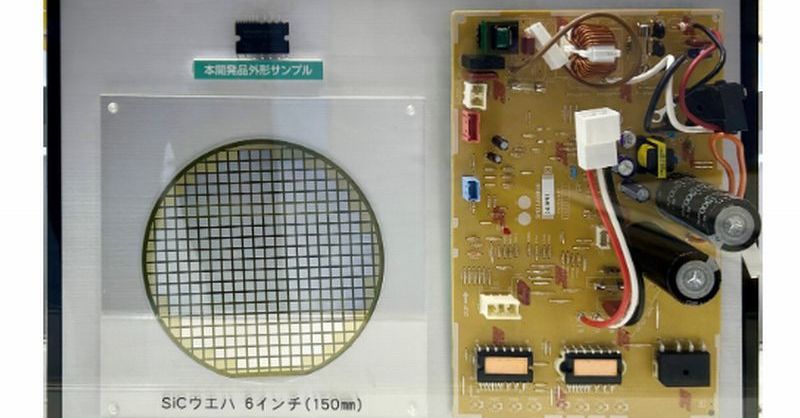Revolutionizing Cooling: Energy-Efficient Air Conditioning with SiC IPM
The global demand for efficient and sustainable cooling solutions is soaring. With rising energy costs and growing environmental concerns, the search for greener alternatives to traditional air conditioning is more critical than ever. Enter Silicon Carbide (SiC) Insulated Gate Bipolar Transistors (IGBTs) and Integrated Power Modules (IPMs), a technological leap promising to drastically improve the energy efficiency of air conditioning systems. This article delves into the exciting advancements in air conditioning technology powered by SiC IPMs.
What is SiC IPM and Why is it Game-Changing?
Traditional air conditioning systems often rely on inefficient power conversion, leading to significant energy waste. SiC IPMs, however, offer a superior solution. SiC is a wide-bandgap semiconductor material possessing superior properties compared to traditional silicon (Si) based IGBTs. These properties translate to significant advantages:
- Higher Switching Frequencies: SiC IPMs can operate at much higher switching frequencies than silicon-based counterparts. This means smaller, lighter, and more efficient power converters.
- Reduced Switching Losses: The inherent characteristics of SiC minimize switching losses, leading to significant energy savings.
- Improved Efficiency: The combination of higher switching frequencies and reduced losses results in substantially improved overall system efficiency. This translates directly to lower energy bills for consumers and a reduced carbon footprint.
- Smaller Size and Weight: SiC IPMs allow for more compact power converters, beneficial for both residential and commercial applications.
These improvements aren't just theoretical; independent tests and real-world applications are demonstrating substantial energy savings—up to 30% in some cases.
How SiC IPMs Impact Air Conditioning Efficiency
The impact of SiC IPMs on air conditioning extends beyond just energy savings. Here's how:
- Lower Operating Costs: Reduced energy consumption directly translates to lower electricity bills for users.
- Reduced Environmental Impact: Lower energy consumption means a smaller carbon footprint, contributing to a greener future.
- Improved Reliability: The robust nature of SiC IPMs contributes to increased system reliability and longevity.
- Enhanced System Design Flexibility: The smaller size and weight of SiC IPMs provide greater design flexibility for manufacturers.
The Future of Cooling: Adoption and Challenges
The adoption of SiC IPMs in air conditioning is steadily increasing, driven by the pressing need for energy efficiency and sustainability. However, certain challenges remain:
- Higher Initial Costs: SiC IPMs are currently more expensive than their silicon-based counterparts. However, the long-term cost savings often offset this initial investment.
- Supply Chain Constraints: The relatively new nature of SiC technology means that supply chains are still developing.
- Specialized Expertise: Designing and implementing systems with SiC IPMs requires specialized knowledge and expertise.
Overcoming the Hurdles
Despite these challenges, the benefits of SiC IPMs are undeniable. Ongoing research and development are focused on:
- Reducing manufacturing costs: Economies of scale and technological advancements are expected to reduce the price of SiC IPMs over time.
- Improving supply chain efficiency: Investment in manufacturing capacity and infrastructure is addressing supply chain bottlenecks.
- Developing comprehensive training programs: Educating engineers and technicians on the proper use and implementation of SiC IPMs is crucial for widespread adoption.
Conclusion: A Cool Revolution is Underway
SiC IPMs are poised to revolutionize the air conditioning industry. While challenges remain, the potential for significant energy savings, environmental benefits, and improved system performance makes this technology a compelling choice for the future of cooling. As the technology matures and becomes more affordable, we can expect to see its widespread adoption, leading to a more sustainable and energy-efficient world.
Learn more about the latest advancements in energy-efficient technologies by subscribing to our newsletter! (This is a subtle CTA).
